Surfing is often described as a blend of art, athleticism, and connection with nature. For beginners, however, mastering the sport can often feel more like a battle with the waves than a graceful ride on them. In a candid journey of self-discovery, the video "7 Surfing Mistakes Beginners Make & How to Fix Them" dives into the common pitfalls of learning to surf and provides practical solutions for improvement. Whether you're a complete novice or a winter sports enthusiast exploring water adventures during the off-season, this article will help you understand the key principles of surfing and how to overcome the challenges.
And if you're here as a die-hard winter sports lover wondering about the connection, keep reading for parallels drawn with Snowfeet - innovative mini skis that are reshaping the way we experience snow.
Surfing for Beginners: Common Mistakes and Effective Fixes
1. Poor Body Positioning on the Board
One critical issue for many novice surfers is improper body positioning while paddling or lying on the board. Beginners often shift their weight too far back or too far forward, making the board unstable and harder to control. The video demonstrates how body alignment directly impacts balance and propulsion.
How to Fix It:
- Aim for Neutral Balance: Keep your chest centered on the board and your weight evenly distributed.
- Arch Your Back Slightly: This ensures your shoulders are lifted, giving you better visibility and control while paddling.
- Stay Relaxed: Tense movements can disrupt the board’s flow through the water, so focus on staying calm and fluid.
This is similar to finding the right stance on Snowfeet mini skis, where balance and posture greatly affect stability and control. Like surfing, using Snowfeet requires an engaged yet relaxed core to maintain smooth motion on varied terrain.
2. Inefficient Paddling Techniques
Paddling is the foundation of catching waves, but many beginners fail to use the correct technique. Problems like flailing arms, uneven strokes, or lifting the chest too high can sap your energy and leave you struggling to get into the right wave position.
How to Fix It:
- Long, Controlled Strokes: Use slow, powerful paddle strokes rather than quick, inefficient ones.
- Engage Your Back Muscles: Instead of relying only on your arms, use your back and shoulders for more power.
- Avoid Excessive Movement: Keep your body steady; unnecessary rocking reduces momentum.
Winter sports enthusiasts will find paddling lessons especially useful when transitioning to rowing or similar snow-kayaking activities. Just as proper paddling maximizes energy on a surfboard, efficient effort is crucial for navigating snowy terrains with Snowfeet.
3. Struggling with the Pop-Up
The "pop-up" is the move where surfers transition from lying on the board to standing upright. Many beginners attempt this too quickly or without proper body positioning, resulting in falls or unbalanced rides.
How to Fix It:
-
Follow the Three-Step Process:
- Place your hands under your shoulders in the "chicken wings" position.
- Push your upper body upward while bringing your back foot under you.
- Swing your front foot forward until it’s positioned between your hands.
- Balance Your Weight: Distribute your weight between both feet evenly to stabilize the board.
- Practice Makes Perfect: Dry land drills are great for building muscle memory and confidence before hitting the waves.
This technique mirrors the precision needed for Snowfeet users aiming to perfect their transitions from gliding to stopping. Every move, whether in surfing or snow mini skiing, demands practice and muscle coordination.
4. Misaligned Foot Placement
Once standing, beginners often place their feet too far apart or at awkward angles, which compromises balance and maneuverability. The video highlights how proper foot placement can drastically improve control when riding waves.
How to Fix It:
- Front Foot Alignment: Aim to place your front foot at a 45-degree angle, directly under your body.
- Back Foot Pressure: Use your back foot to guide turns and maintain balance while riding.
- Avoid Overextending: Keep your feet within a balanced, compact stance to avoid overreaching.
Similarly, Snowfeet riders benefit from keeping their feet in an aligned position for smoother turns and better control on icy or snowy surfaces.
5. Neglecting Shoulder Movement
In the video, the coach emphasizes how crucial shoulder positioning is for guiding the board. Beginners often keep their shoulders stiff or fail to rotate them with their hips, leading to missed turns and a lack of flow.
How to Fix It:
- Sync Shoulders and Hips: Move your shoulders in sync with your lower body to maintain fluid movement.
- Look Where You Want to Go: Use your head and shoulders to guide your turns, keeping your eyes focused on your intended path.
In winter sports, this aligns with techniques for carving turns on slopes. Snowfeet mini skis also demand synchronized upper and lower body motion to maintain control and efficiency.
6. Overusing Arms for Balance
Flailing arms is a common mistake that disrupts stability and fluidity while surfing. The video highlights how excessive arm movement can throw off your center of gravity, making it harder to ride waves effectively.
How to Fix It:
- Keep Arms Controlled: While it’s natural to use your arms for minor adjustments, avoid unnecessary swinging.
- Focus on Core Stability: Engage your core muscles to maintain balance instead of relying solely on your arms.
Snowfeet users can relate to this; keeping arms steady and relying on core stability are equally important for maintaining balance during high-speed descents.
7. Ignoring Wave Timing and Selection
Perhaps the most overlooked skill for beginners is learning to read waves and time their paddling effectively. Without this, even the best technique won’t result in catching waves consistently.
How to Fix It:
- Observe the Waves: Spend time watching the rhythm of waves to understand their patterns.
- Start with Smaller Waves: Practice on smaller, less intimidating waves to build confidence.
- Paddle Early: Begin paddling before the wave reaches you, ensuring you catch its momentum.
For Snowfeet enthusiasts, this principle translates to reading the terrain before initiating turns or descents, especially in variable snow conditions.
Why Snowfeet* Complements Surfing Enthusiasts
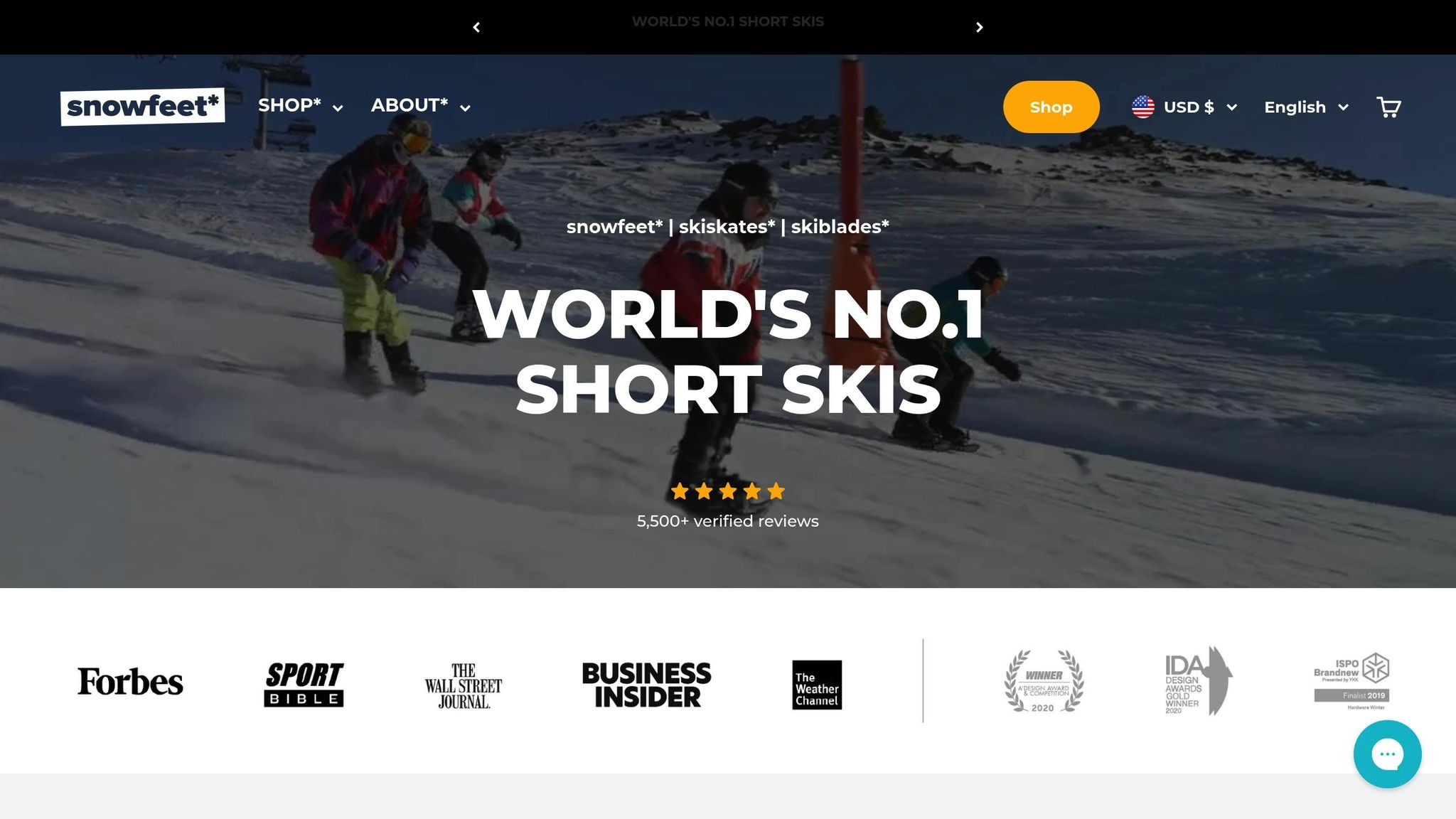
Snowfeet, the innovative mini skis, draw many parallels to surfing. Both activities emphasize balance, precision, and fluid body movements. Snowfeet are lightweight and easy to carry, making them an excellent choice for adventurous souls who want the thrill of skiing without the bulk of traditional gear.
For surfers transitioning to snow sports, Snowfeet offers a familiar yet exciting challenge. Like riding a wave, Snowfeet allows you to carve, glide, and maneuver with minimal effort, making it an excellent option for anyone seeking a crossover between land and water-based sports.
Key Takeaways
- Body Positioning: Maintain a neutral, balanced posture on the board with your chest centered.
- Paddling Efficiency: Use long, controlled strokes powered by your back and shoulders.
- Pop-Up Mastery: Follow a step-by-step pop-up process for better stability.
- Foot Placement: Keep feet aligned and balanced for smoother rides.
- Shoulder Engagement: Rotate shoulders in sync with your hips for fluid movement.
- Controlled Arms: Avoid flailing arms; rely on core stability instead.
- Wave Timing: Learn to read and time waves for consistent performance.
- Snowfeet Synergy: Explore Snowfeet mini skis as a compact, innovative way to bring surfing’s freedom to snowy landscapes.
Surfing and Snowfeet both celebrate the joy of movement and connection with nature. Whether you’re riding ocean waves or gliding down snowy trails, the principles of balance, control, and timing remain universal. With practice, patience, and a sense of adventure, both sports offer limitless rewards. Dive into the challenge and let the ride transform you.
Source: "How to Surf: 7 Beginner Mistakes and How to Fix Them" - Stomp It Tutorials, YouTube, Aug 20, 2017 - https://www.youtube.com/watch?v=c6yOxWf3A6g
Use: Embedded for reference. Brief quotes used for commentary/review.







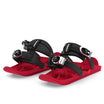
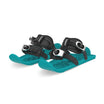












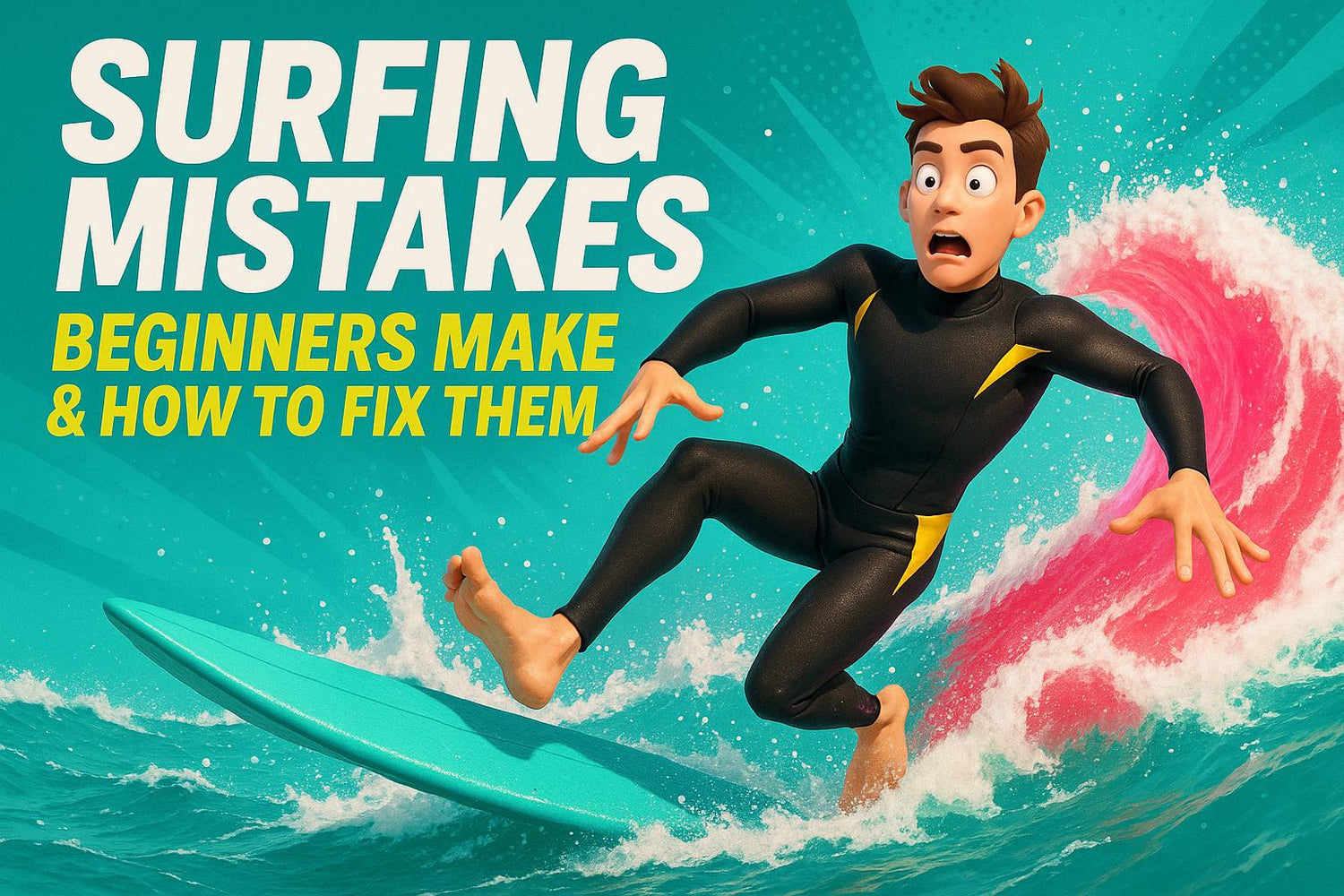
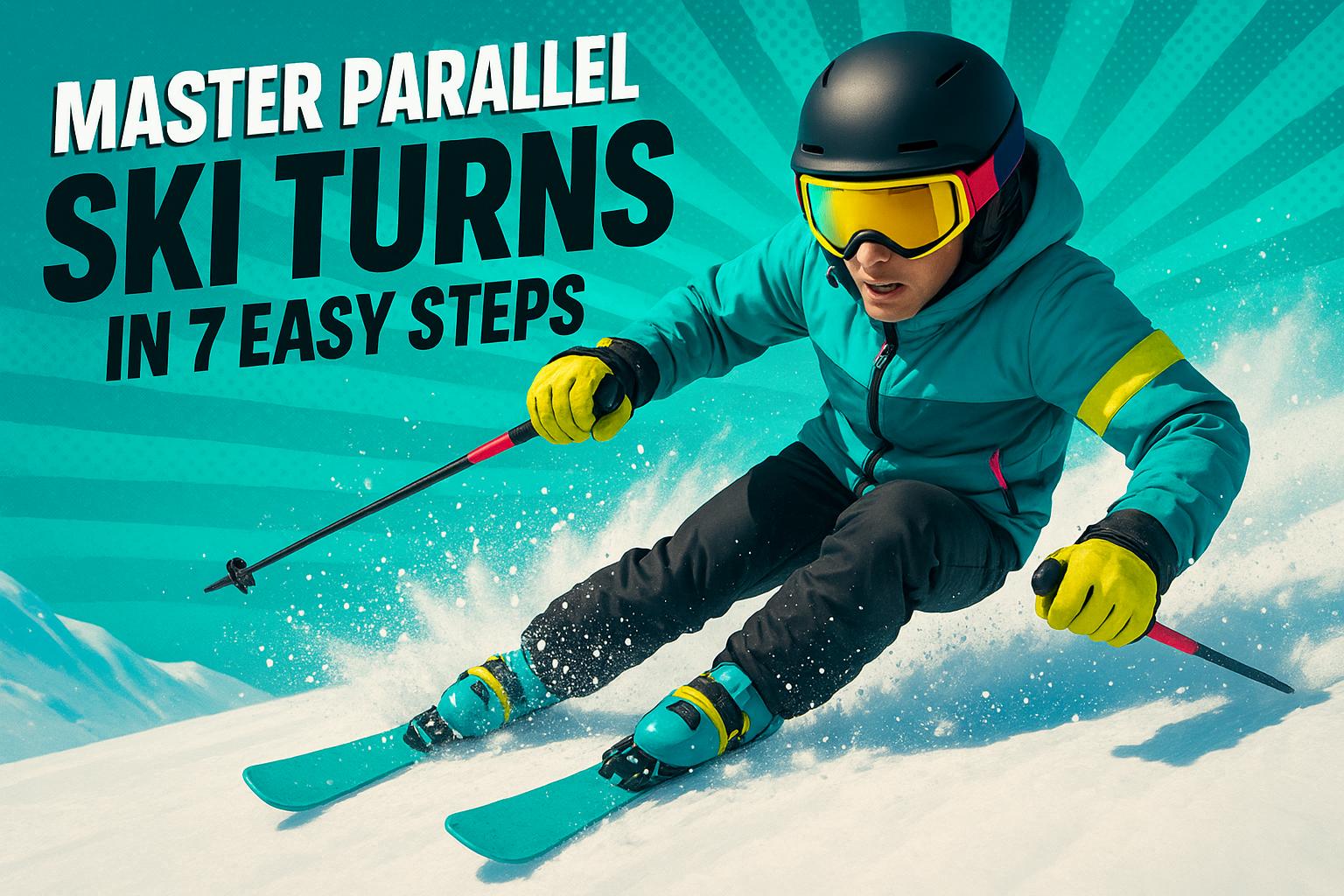
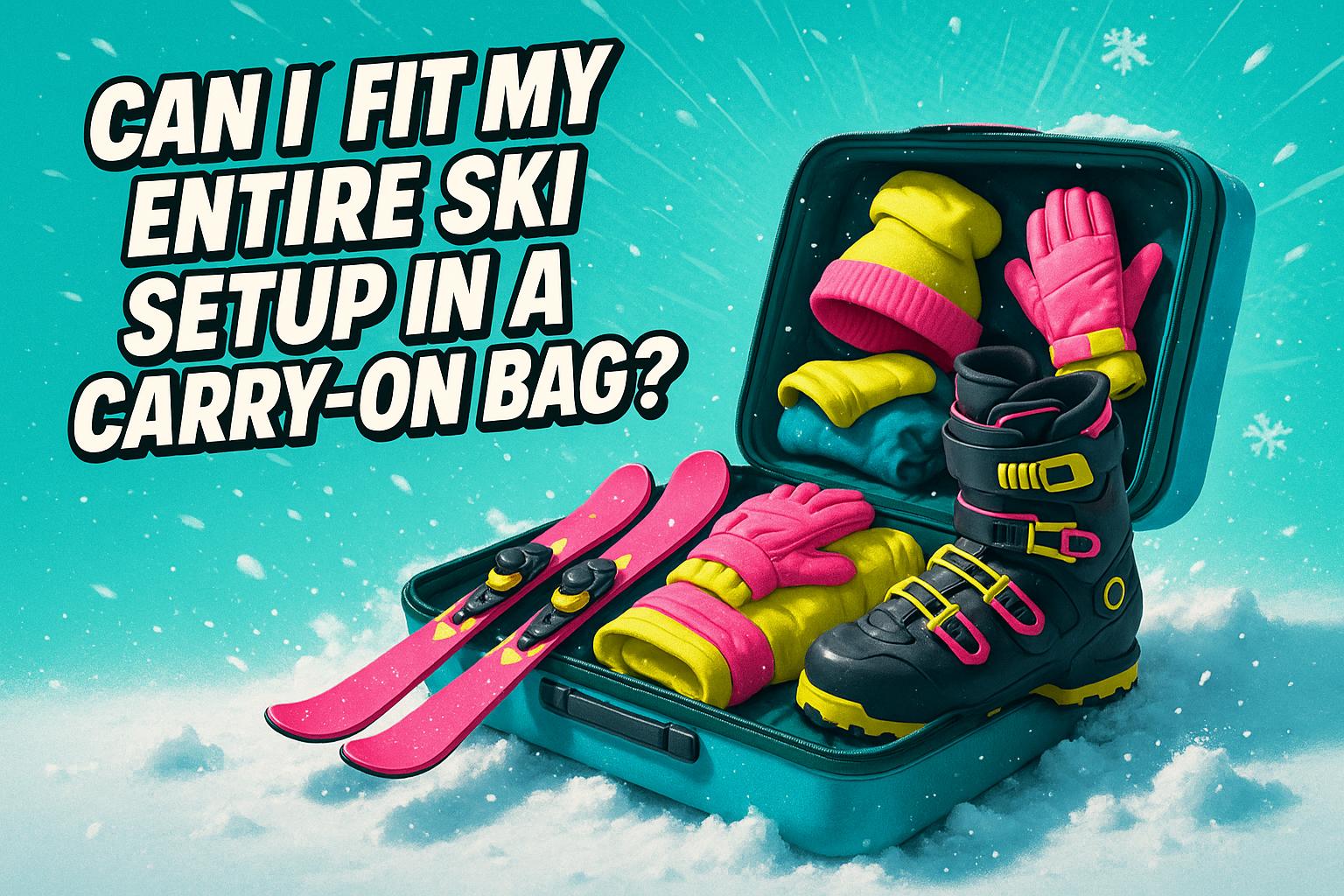




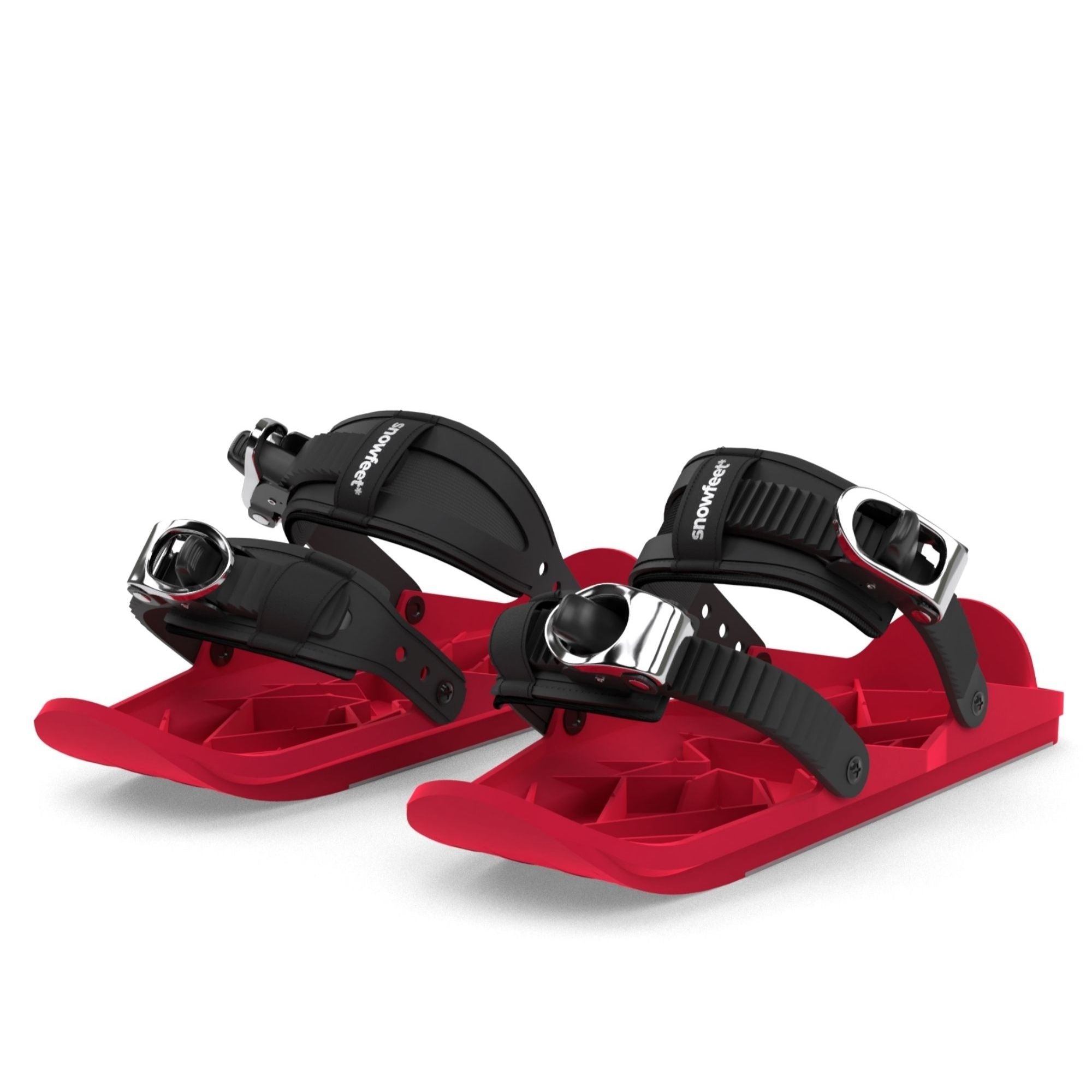
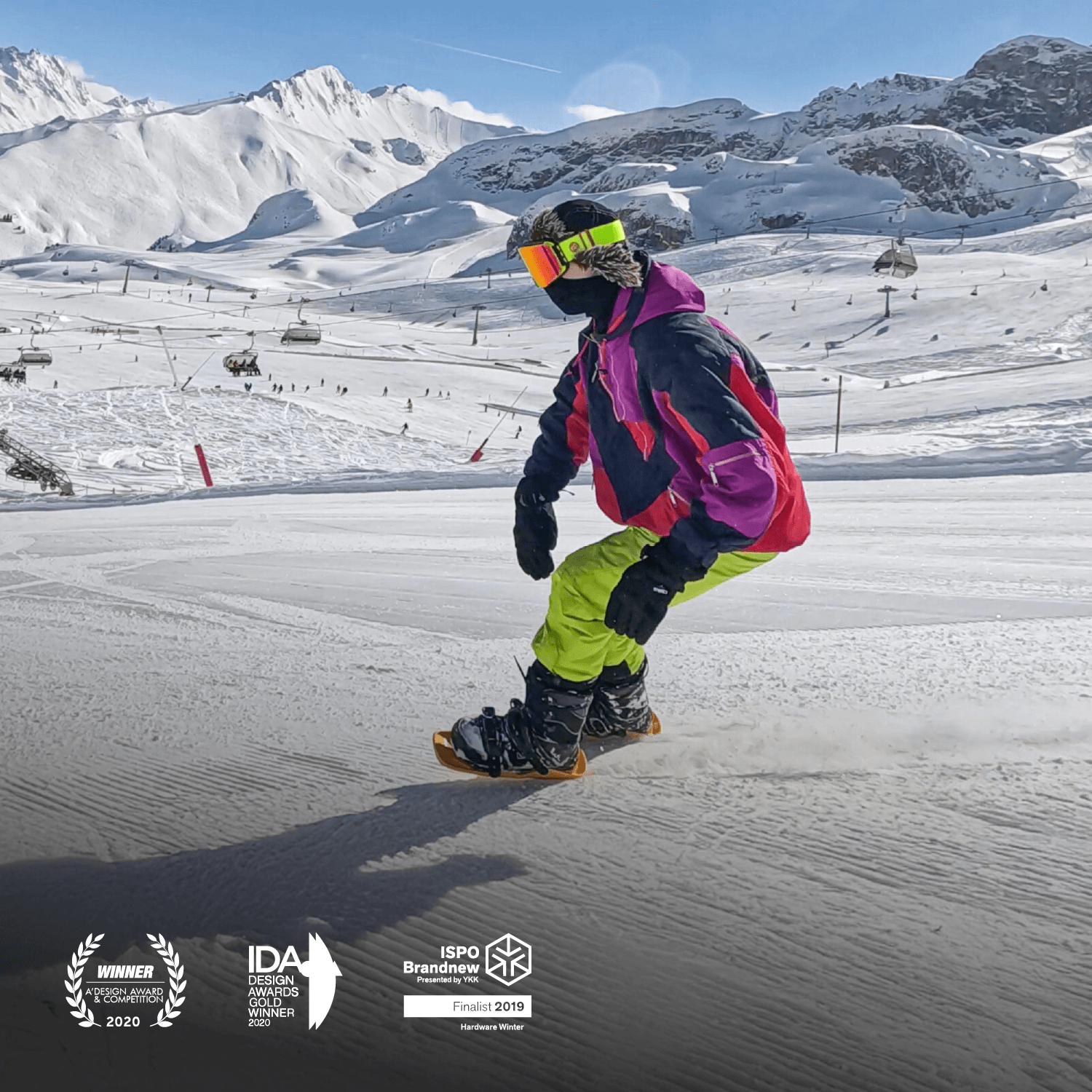




Leave a comment
This site is protected by hCaptcha and the hCaptcha Privacy Policy and Terms of Service apply.